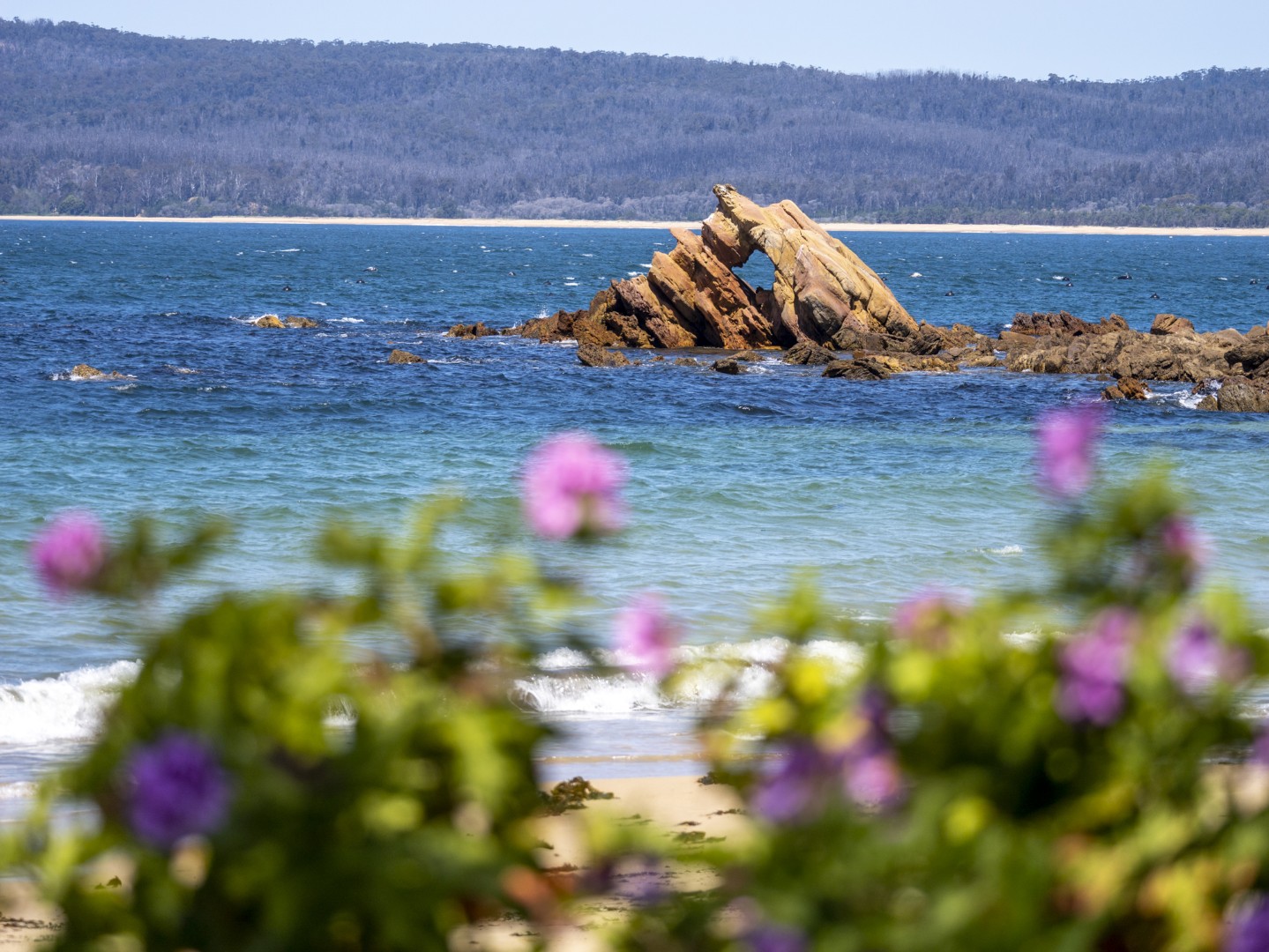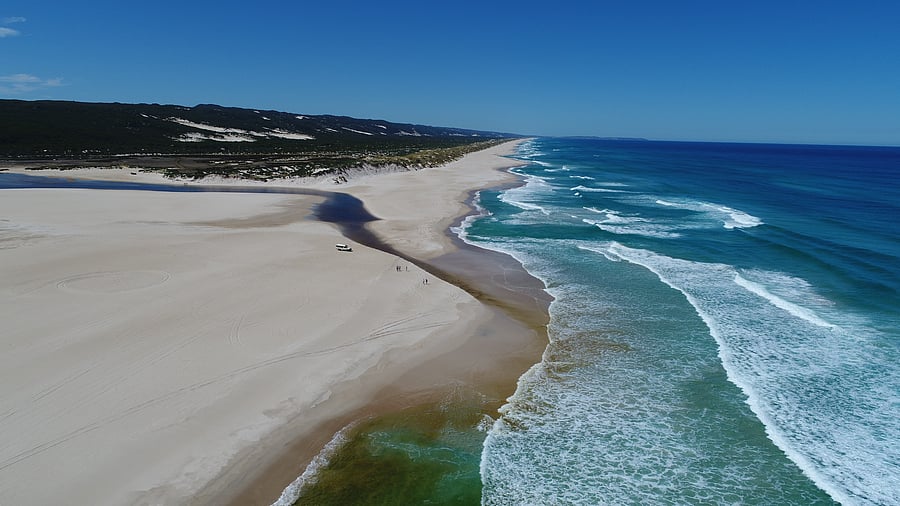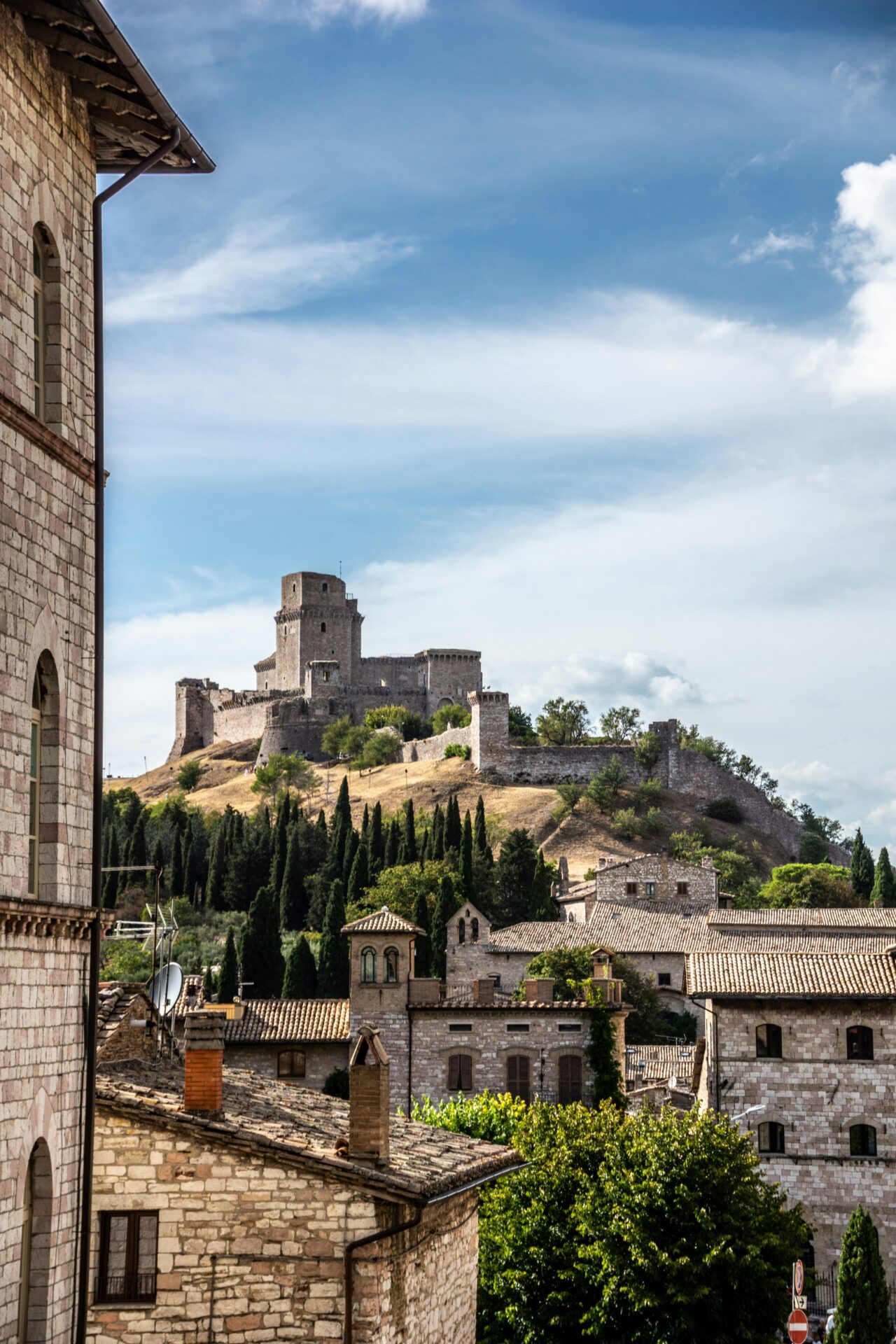
Rafting the Yangtze
One of my particular passions is whitewater rafting. I’ve done plenty of the usual weekend jaunts to Rishikesh but I was hooked when I went on my first major expedition on the Siang (the Brahmaputra in Arunachal Pradesh). This was the first “open” descent of a magnificent river with some huge Class IV+ rapids and it was unforgettable, including some out-of-control raft flips in massive white-water. So it was that on the eve of my 50th birthday, I was toying with the idea of doing the Zanskar, the only big Indian river that I hadn’t been on, with good friend Vaibhav Kala of Aquaterra Adventures. Then came the call from Jed Weingarten, the American river guide who had been with us on the Siang in 2002. After the Siang, Jed had gone to China and pioneered commercial rafting on the Yangtze and several other major rivers. In an instant, I knew that this was what I had been looking for — in high school I’d heard of the Yangtze Kiang, China’s greatest river and dreamt of it ever since. What lent the trip added urgency was the fact that it was the last time that this section of the Yangtze would be rafted because mega hydro projects were planned for Upper Yangtze. Once those projects are complete, they will flood the spectacular canyon, submerging its wild beauty forever.
China’s obsession on hydropower as a panacea ignores the significant social, environmental and economic damage that large dams can cause. Chief among these is the forced eviction of huge numbers of people from their homes to make way for reservoirs created by dams. The Chinese government acknowledges that dam building over the years has forced more than 23 million people away from their homes and land, many of whom are still suffering the impacts of displacement and dislocation. Millions of people also suffer from the downstream impacts of dams, which can include loss of fisheries, decreased water quality and a decline in the fertility of farmlands and forests due to the loss of natural fertilizers and seasonal floods that healthy rivers provide.
Power hungry
China’s gargantuan hunger for energy to feed its headlong growth has led to a single-minded focus on the development of hydropower. Over 80 percent of its energy needs are currently met from “thermal” sources, mostly coal and oil. Given the serious environmental consequences of expanding the use of these traditional fuels, a desperate search for more renewable energy is underway.
While the development of solar, wind and nuclear sources of energy are all being pushed, hydro offers the most convenient and irresistible answer. Today, even with 25,800 large dams — more than any other country in the world — China has tapped only 25 percent of its hydro potential. The Chinese government has ambitious plans to expand hydropower generation, more than doubling capacity to 250,000 MW by the year 2020. It is projected that renewable energy will meet 15 percent of China’s energy demands by then — more than half of this coming from hydropower.
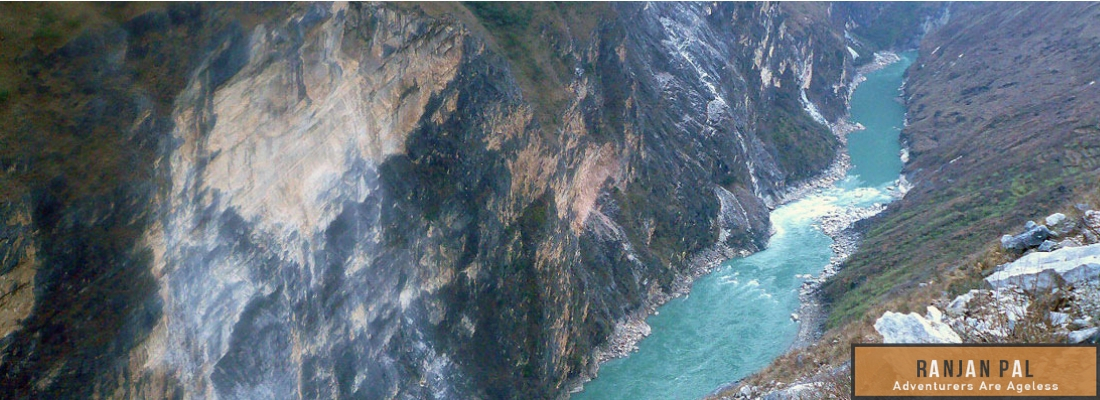
On our way to the put-in point at Daju, we had the opportunity to pass through one such proposed dam site, the magnificent Tiger Leaping Gorge (TLG). The gorge runs for 18 km between the towering Jade Dragon Snow Mountain and Haba Snow Mountain in the north-west of Yunnan province. At an average 3,600 m, from top to bottom (compared to 1,600 m for the Grand Canyon), it is the deepest river gorge in the world with its sheer rock walls reaching far up into the sky. Craning our necks upwards, we could see the rocky crags that formed the flank of the invisible Jade Dragon peak covered with a dusting of snow at the very top. Looking straight down, the Jinsha Jiang (River of Golden Sand) as the Yangtze is called in these parts, slithered its way through the gorge like a beautiful emerald snake, hissing and boiling through the foaming rapids.
That afternoon, we scrambled hundreds of feet down a trail, which led us to the very edge of the river and brought us face to face with the mother of all rapids. This was the narrowest point of the river, 25 meters across, where legend has it that a tiger leaped across the gorge to escape a pursuing hunter. The entire mass of the Yangtze is funneled through this gap in a boiling mass of heaving foam. To us rafters, it was a blood-chilling sight — the ultimate Grade VI rapid. It is in fact at this very point that the Yunnan provincial government had planned to construct a 276 m dam that would generate 2.8 GW of electricity. It would have created a lake that would back up to 200 km, displaced as many as 1,00,000 people, most of them from the Naxi ethnic minority and destroyed thousands of cultural heritage sites. This was an issue over which local residents joined forces with environmental groups in Kunming and Beijing (including Greenpeace and Global Earth Village) and finally won when the government ordered work on the dam to be stopped in 2004.
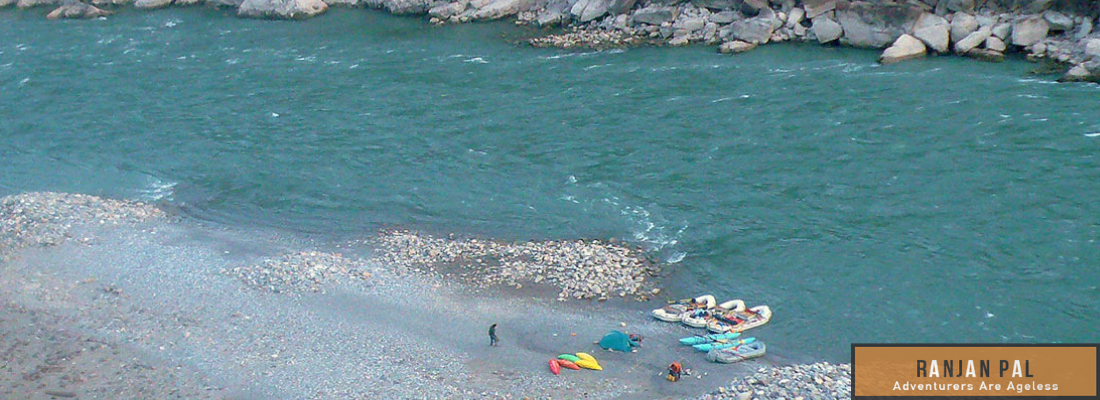
After spending a couple of days exploring the beautiful gorge, we finally got underway on the river and its strong flow carried us into the canyon of the Great Bend of the Yangtze. Soon after we encountered our first rapid called Baptism, appropriately enough — it was an impressive Class III+ but with a fairly straight-forward line through it and we cleared it comfortably. One of the guides told us that the river was lower than he had seen it in five years of running it so the rapids were impressive though not awesome.
The high point of the trip was navigating the treacherous Judgment Day rapid that guards the entrance to the Great Bend. It’s actually named for an American judge that almost drowned in it when a raft flipped on a previous trip. Safely through the monster, we pulled over to camp for the night and celebrated. The next day, as we wound our way out of the Bend, the topography began to change dramatically. The forbidding walls of the canyon gave way to gentler slopes, more vegetation and scattered signs of civilization.
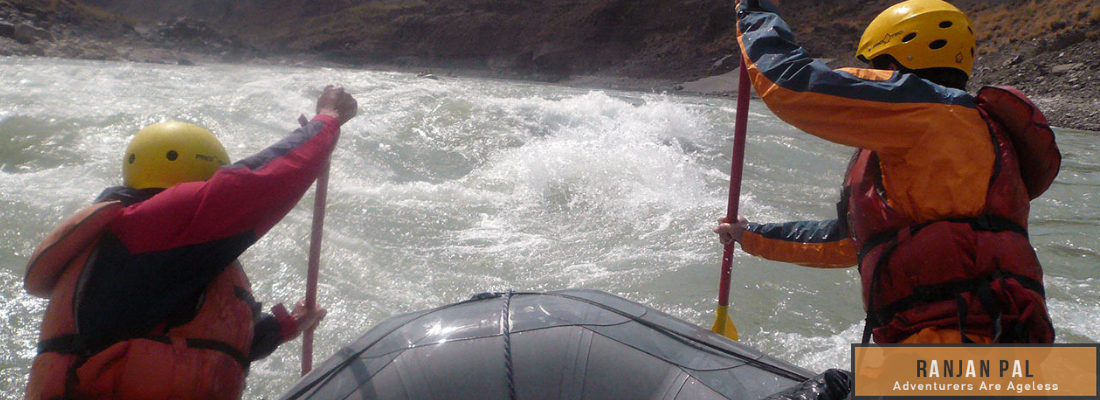
The sense of the trip beginning to wind down was palpable and paralleled the changing landscape. Over the next couple of days, we floated through several Class III rapids before rounding the last bend and pulling out below the mountain village of Baoshan (“Guard Mountain”). It made a pretty picture in the bright sunlight, clinging precariously to an outcrop of limestone several hundred feet above the Yangtze. It had been an outpost of the Han Chinese Empire, watching for the Mongol invaders from the north— Kublai Khan is supposed to have crossed the river a few miles upstream.
A few miles downstream, construction of the 138 m Ahai dam and its sister Jinanqiao dam (scheduled to generate 2.5 GW of electricity) was well underway and brought a premature end to our trip. Although construction had supposedly stopped, on orders of the Yunnan government after land-slides collapsed the shoreline, reality in China can be quite different with powerful special interests working to undermine the government’s intent. The irony of these dams on the middle Jinsha, is that besides generating power, they are intended to regulate flows and sediment and thus improve the efficiency of the giant Three Gorges Dam, some 1,500 km downstream. Thus, one big dam project begets several others, maybe even more than is strictly necessary because big dams mean big business.
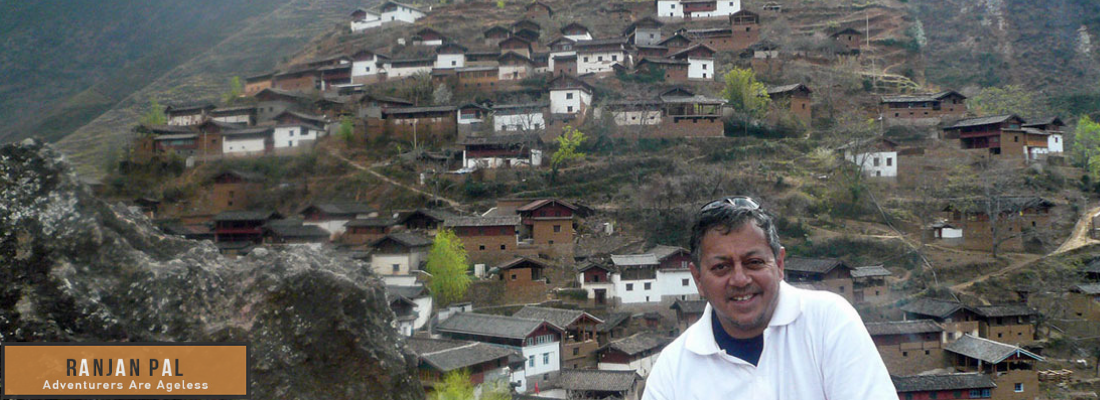
Although environmental groups have forced a reassessment of many projects, by no means are they going to win all their battles. Still, it is no longer one-way traffic for developers of the big dams, which is a great step forward for China. As for me, I feel an enormous sense of privilege to be one of the very few people in the world to have been fortunate enough to witness the mysteries of the amazing Great Bend Canyon before it completely disappears from the face of the earth.
**This article has originally appeared in the 3rd quarter of 2008 in the “Naturalli magazine”. Check the PDF version here.

![]()


